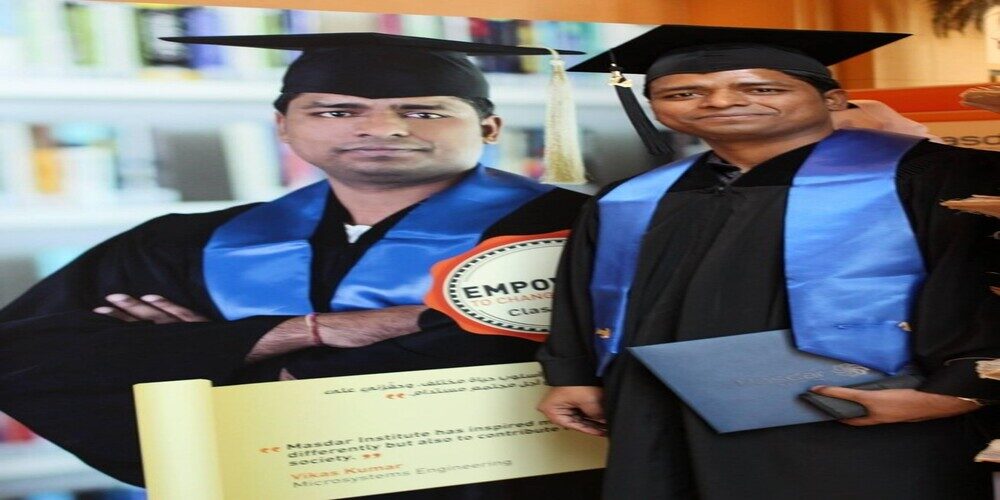Breakthrough Research on the Enhancing Material and Mechanical Properties of Semiconductor or Alloy for Energy Applications

A first-class graduate of the University of Alberta, one of Canada’s top universities, Vikas Kumar is a researcher specializing in materials engineering and semiconductor technology whose research has made significant changes in the field. His recent exploration into the effects of strain rate-dependent pre-deformation on the tribological properties of semiconductors and alloys is a testament to his profound contributions to materials science.
Kumar’s meticulous investigation into the changes in work function to comprehend the effects of strain rate-dependent pre-deformation is particularly commendable. His in-depth research examines how different tensile strain rates affect the hardness, electron work function (EWF) and tribological properties of semiconductor materials and alloys. By focusing on these specific aspects, Kumar’s study provides valuable insights into the durability and efficiency of these materials, instilling confidence in the reliability of his research.
One of the key aspects of Kumar’s research is the thorough examination of the electron work function (ewf). This crucial parameter plays a vital role in understanding a material’s electronic properties and can provide valuable insights into the origin and behavior of defects. Kumar’s research unveiled a connection between alterations in the electron work function and the creation of defects, offering a deeper comprehension of how these defects influence the material’s hardness and tribological properties.
In conjunction with EWF (Elastic Work Function) analysis, Kumar employed advanced electron microscopy techniques to closely scrutinize the microstructures of the deformed samples. This detailed microstructural examination played a crucial role in identifying various types of defects, such as dislocations, voids, and precipitates, and in understanding their implications for the material’s overall performance. By correlating the changes in EWF with observed defect formation, Kumar’s analysis provided a deeper insight into how these defects influence material properties. Specifically, this correlation highlighted how variations in EWF can serve as a valuable indicator of defect-related phenomena, thus aiding in the comprehensive understanding of how defects impact mechanical and physical characteristics of materials.
Kumar’s research on strain rate-dependent pre-deformation and its impact on the tribological properties of semiconductors and alloys has significant implications for materials science. His investigation into how varying strain rates affect material behavior provides crucial insights into the fundamental mechanisms governing wear and friction in these materials. This enhanced understanding enables the development of more robust and efficient materials tailored for high-tech applications, ranging from advanced electronics to aerospace components. By elucidating the relationship between strain rate and material performance, Kumar’s work paves the way for innovations that can improve the durability and functionality of materials under dynamic conditions.
The novel method of utilizing electron work functions as a parameter to investigate material defects and performance not only deepens our understanding of material behavior but also offers valuable practical insights for the semiconductor industry. This could potentially lead to the creation of more advanced electronic devices, showcasing the practical implications of Kumar’s discoveries and instilling optimism for the future of semiconductor technology.
Kumar’s dedication to studying the impact of strain rate-dependent pre-deformation on the tribological properties of semiconductors and alloys is evident in his unwavering commitment to advancing materials science and tackling intricate engineering problems. Kumar, as an innovative leader and a trailblazer, continues to inspire and shape the future of semiconductor technology. His significant contributions have firmly established him as an indispensable member of the global material engineering community. His work serves as a guiding light, paving the way for future breakthroughs in semiconductor technology that can meet the demands of the energy industry in both utility and automotive sectors.





